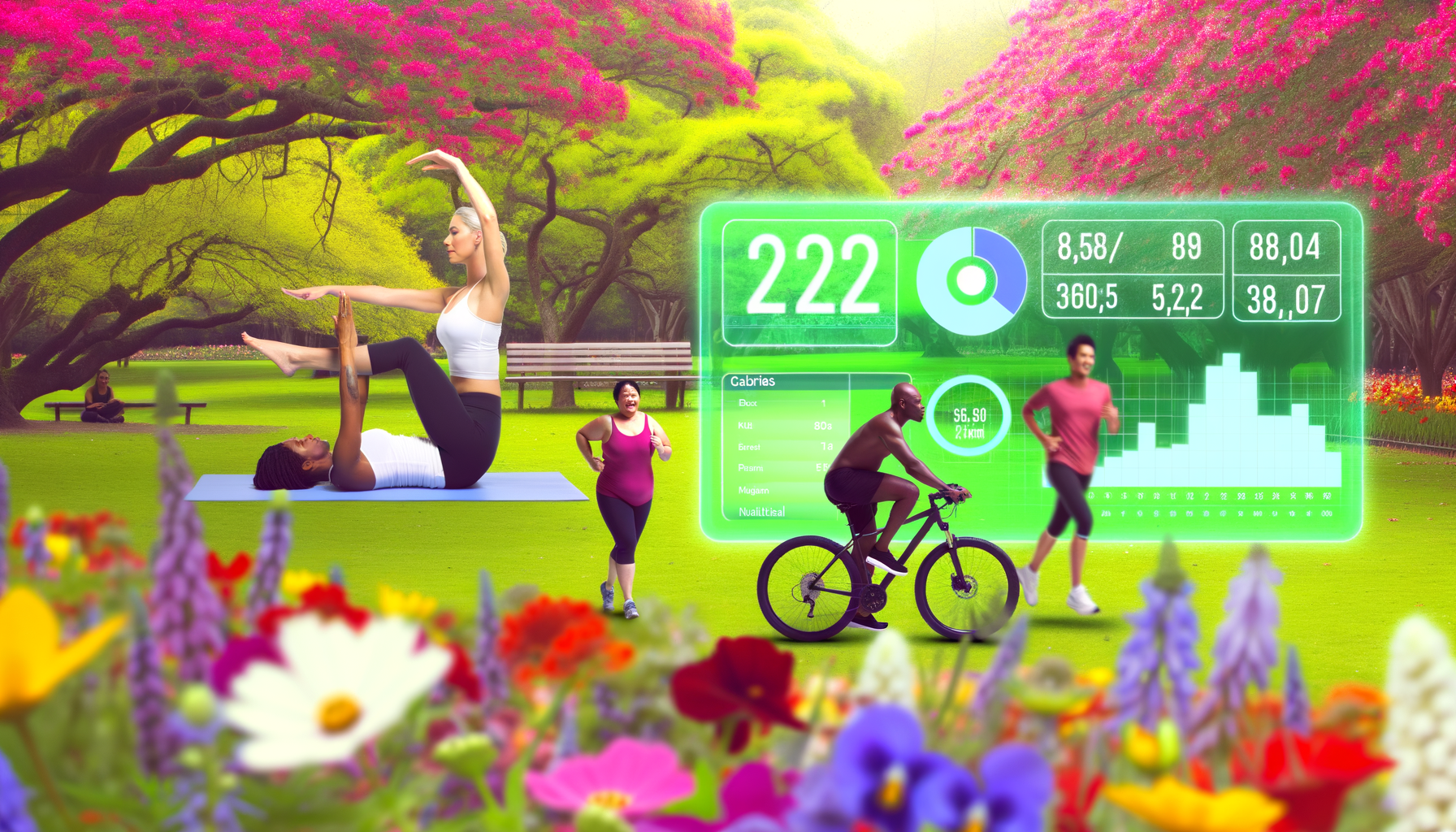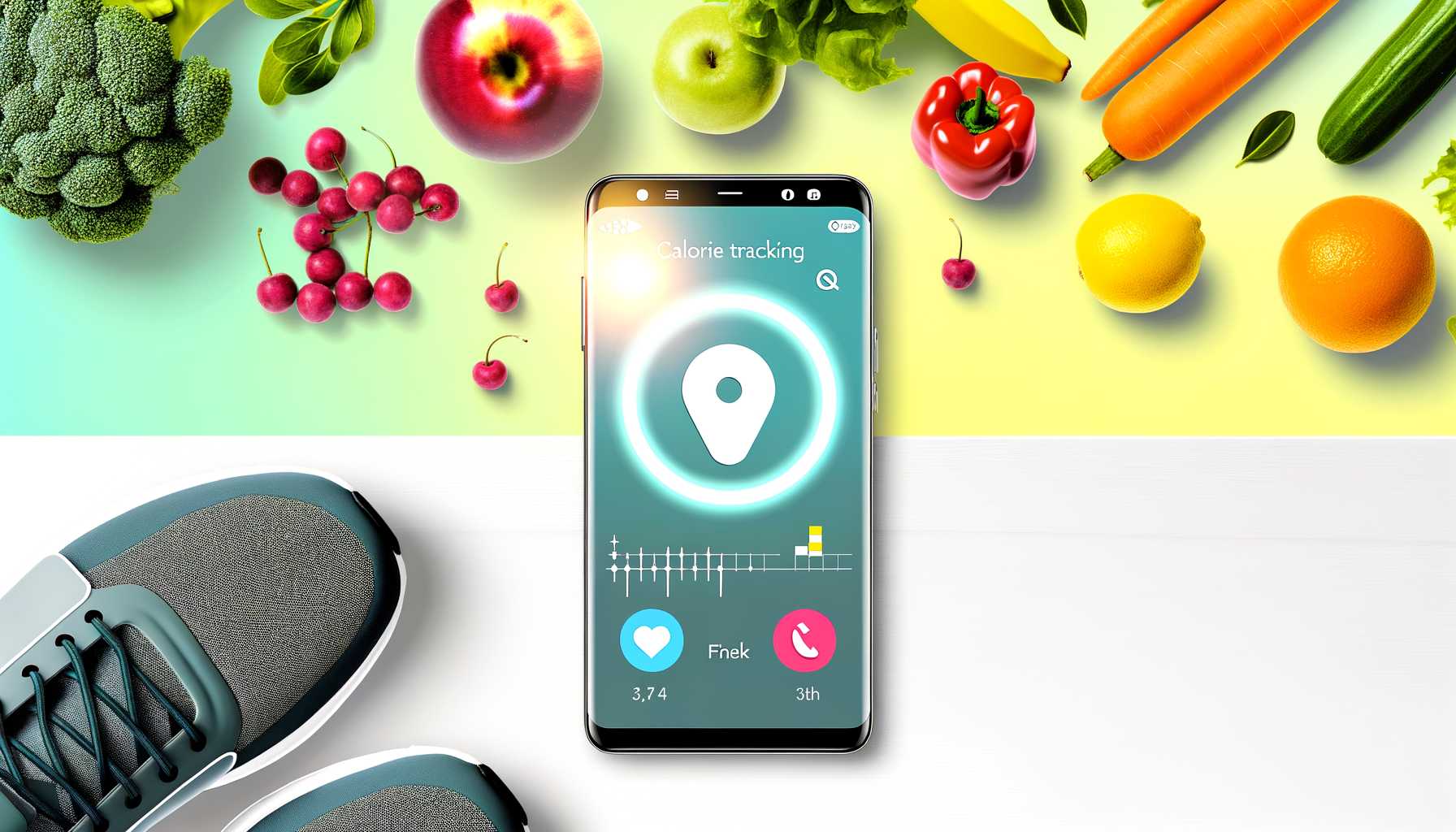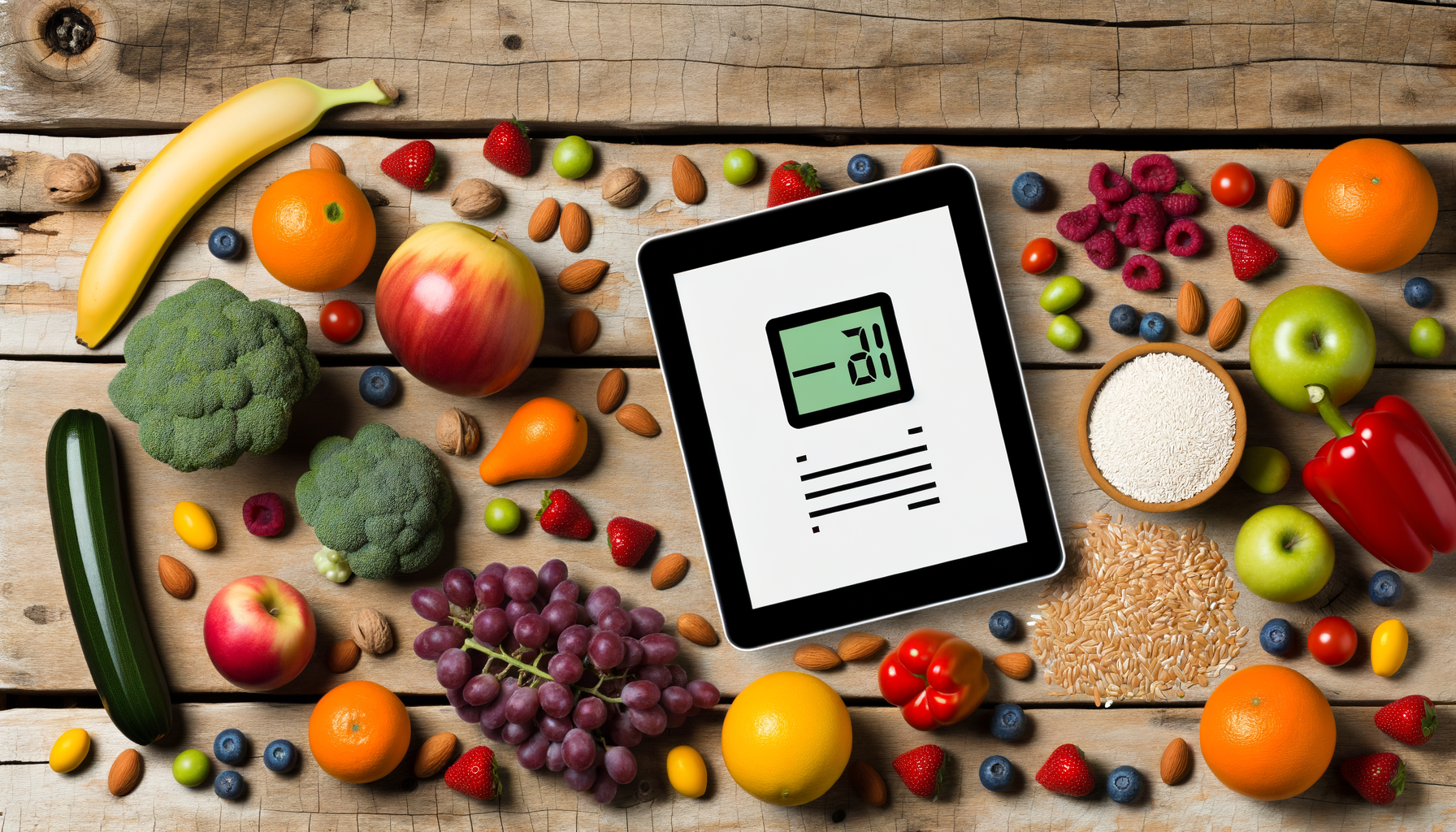The Ultimate Guide to Using a Calorie Calculator for Weight Loss
Losing weight often feels like solving a complex equation without knowing the variables. The secret lies in understanding your personal energy needs – and that’s where calorie calculators transform from simple tools to strategic game-changers. For health professionals and fitness enthusiasts alike, mastering these digital assistants unlocks precision in nutrition planning that generic diet advice can’t match.
Decoding the Science Behind Calorie Calculations
Your body burns calories constantly – even during sleep – through a process called basal metabolic rate (BMR). Tools like the NASM calorie calculator combine this with your activity level to determine Total Daily Energy Expenditure (TDEE). The magic happens when you create a sustainable deficit below this number through diet and exercise adjustments.
Essential Components of Accurate Calculations
- Current weight and body composition (muscle burns more calories at rest than fat)
- Activity multiplier ranging from 1.4 (sedentary) to 2.3 (athlete-level activity)
- Timeframe analysis that prevents dangerous crash dieting by capping maximum safe deficits
Implementing Calculator Results in Real Life
The NIDDK Body Weight Planner demonstrates how proper implementation involves more than just numbers. Successful users combine their calculated calorie targets with:
- Meal timing strategies that combat afternoon energy slumps
- Macronutrient balancing using the Mayo Clinic’s nutrition guidelines
- Behavioral triggers identified through food journal analysis
Advanced Customization Techniques
While basic calculators provide a starting point, tools like the WP Calorie Calculator allow next-level personalization through:
- Hormonal cycle tracking for female-specific metabolic patterns
- Stress response analysis that accounts for cortisol-driven cravings
- Sleep quality integration showing how rest impacts next-day food choices
Case Study: Marathon Runner’s Weight Optimization
Sarah, 34, plateaued at 155lbs despite running 40 miles weekly. Using the FatCalc adjustment algorithm, she discovered her “recovery eating” added 800 surplus calories on training days. By aligning intake with actual expenditure using our premium calculator features, she safely reached 140lbs in 14 weeks.
Psychological Factors in Calculator Success
Effective weight management requires addressing the mental barriers calculator users often face:
- Perfection paralysis from focusing solely on numbers
- Adaptive thermogenesis – the body’s metabolic resistance to prolonged deficits
- Social diet challenges during holidays and celebrations
The Calculator.net system combats these by incorporating weekly flexibility ranges rather than rigid daily limits.
Integration With Modern Fitness Tech
Today’s most effective calculators don’t operate in isolation. They sync with:
- Wearables tracking actual (not estimated) calorie burn
- Meal planning apps that auto-adjust portions based on expenditure
- Hydration monitors showing water intake’s metabolic impact
Our WP plugin’s API integration allows seamless connection with popular fitness platforms, creating a centralized health hub for clients.
Troubleshooting Common Calculation Errors
Even advanced users encounter pitfalls. The NASM guidance helps identify:
- Overestimation of exercise calories burned
- Underreporting of liquid calories and condiments
- Metabolic adaptation requiring periodic TDEE reassessment
Habit Stacking for Sustainable Results
Pair calculated calorie targets with these behavior-modified strategies:
- Pre-meal water consumption (reduces accidental overeating)
- Fiber-focused first bites (enhances satiety signals)
- Post-meal movement (improves glucose metabolism)
Future of Personalized Nutrition Tech
Emerging calculator features now incorporate:
- Gut microbiome analysis for personalized nutrient absorption rates
- Genetic testing integration showing predispositions to fat/carb metabolism
- AI-driven pattern recognition predicting craving triggers
The enterprise-level plans of our calculator already include preliminary versions of these next-gen features for early adopters.
From Calculator to Lifestyle Architecture
True success comes when calorie awareness evolves into automatic habit patterns. This transition requires:
- Gradual portion resizing using visual cues (hand measurements, plate division)
- Environment design removing constant food decision fatigue
- Mindful eating practices that align hunger signals with actual needs
Our customizable calculator templates help clients progressively shift from strict tracking to intuitive eating patterns.
Client Transformation: Desk Job to Triathlete
Mark, 42, moved from 230lbs to 175lbs in 11 months using phased calorie targets. The NIDDK phased approach, implemented through our plugin, helped him transition from meticulous tracking to maintenance through habit automation.
Essential Maintenance Strategies
After reaching target weight, the FatCalc maintenance algorithm recommends:
- Quarterly metabolic reassessments
- Seasonal calorie adjustments for climate impacts
- Age-related intake modifications
Professional-grade tools like our coach dashboard automate these adjustments for client convenience.
Mastering calorie calculation isn’t about deprivation – it’s about informed empowerment. By leveraging precise tools like the WP Calorie Calculator, you transform guesswork into strategic nutrition planning. Whether you’re a fitness coach building client programs or an individual optimizing personal health, these digital assistants provide the roadmap. Ready to upgrade your nutritional precision? Explore how our flexible plans adapt to any health journey’s unique demands.











